
A marketing audit checklist helps businesses assess their current marketing strategies, identify areas for improvement, and develop a plan to achieve their marketing goals. It covers aspects such as target market analysis, goal setting, SWOT analysis, content strategy, and digital asset buildout. This tool benefits marketing teams and business owners alike, ensuring effective targeting, measured success, and growth opportunities.

Performing a marketing audit is one of the most critical tasks for any business. It’s not just checking off boxes, but rather about understanding your company and identifying what you’re doing well and where you can improve.
If you’re unsure how to start or if there are any critical areas that should be addressed first, this checklist will guide you through the process.
To put it shortly: a marketing audit assists in evaluating the efficiency of strategies, budgets, and any other investments in marketing efforts.
With a marketing audit checklist, you can evaluate how well your approach has worked to meet the market’s needs.
Suppose you are not meeting customer demand or satisfying present needs with respect to product benefits, quality, safety, or performance standards. In that case, it’s worth taking a closer look at potential areas for improvement.
Taking an inventory allows you to assess how much work is needed before deciding whether or not to reformulate products or ramp up production for new product launches, etc. Doing this could save both money and time in the long run.
It all depends on your pre-marketing objectives – be they about brand awareness or actual numbers of orders placed – so it’s essential to have a plan and measurable goals set in advance.
A marketing audit gives you guidelines for running a more effective strategy. It reduces time wasted on problematic areas and highlights opportunities for growth. Hence, you can effectively target changes with the best chances of improving success rates.
Business owners can benefit from a marketing audit checklist. It helps them identify areas for improvement and make the most of new opportunities. Even if you have everything running smoothly it’s essential to keep up-to-date with industry trends so that your company isn’t caught off guard when competitors start targeting your prospective clients more effectively than you are.
The first step in any marketing audit is to determine your current market share. This involves understanding your ideal customer, which of their needs can be addressed, and how best to reach them.
If you’re unsure where to start then create a buyer persona, a fictional representation of your target customer including demographic information and behavioral traits.
There’s no way to measure the success or failure of your efforts unless you have a clear idea about who your marketing is aimed at.
Consider how well you understand potential clients and their concerns related to your product or service offering.

Get clear about what your ideal customer looks like and how they behave. You can start by considering your existing customers and establish the ideal customer based on them. Study the feedback you received from potential customers on social media channels using social media customer service software. This software can help you analyze and understand your customers’ preferences, needs, and behaviors, allowing you to refine your customer profiles and tailor your marketing strategies accordingly.
Ensure that all of your activities contribute towards a common objective and that you can track progress over time.
Without defined goals, it’s difficult to judge whether or not your marketing is successful. Set out what you hope to achieve with your marketing and how you’ll know you’ve succeeded.
Your goals should be specific, measurable, attainable, relevant, and time-bound (SMART). Break them down into short- and long-term objectives to have a clear idea of what you want to achieve and when.
Now that you have a good idea of your target market, it’s time to analyze how they use the services or products you offer. Gain insight into how people feel about the industry by monitoring relevant keywords and phrases and social media channels, where customers talk about their needs and concerns.
It helps you understand what your customers are looking for, how they go about finding it, and the language they use when discussing their needs. This information helps you shape your marketing strategies and create content that resonates.
Check how your industry and competitors are doing. What are people saying about your competition online? Are there any new services or products that you should be aware of?
Look for ways to set yourself apart from your competitors and attract more customers.
One of the most effective ways to determine what you should be doing with your marketing is by conducting a SWOT analysis. The Strengths, Weaknesses, Opportunities, and Threats are factors that affect how well you can market your business or product/service offering.
It helps focus your efforts and allocate resources most effectively.
Identifying weak and strong areas and consequent threats and opportunities creates a realistic view of your current situation. It serves as a starting point for deciding what can and should be done about it.

List all relevant factors that could affect you and then rate them as strengths, weaknesses, opportunities, or threats.
Your SWOT analysis should include a detailed review of each area, including how they relate to your marketing strategy.
You should also come up with strategies for improving your company’s weaknesses and capitalizing on all opportunities. For example, you may want to focus on developing new products to make the most of any gaps in the market.
Determine how well you’re currently reaching your target audience. This includes evaluating the effectiveness of all your current marketing efforts, from your website and online presence to your social media campaigns and email newsletters.
It helps you identify what’s working and what’s not so that you can focus your efforts on the activities that are bringing in the best results. It also allows you to determine if you need to make any changes to your current marketing strategy or tactics.
Look at your website traffic, conversions, social media followers, email opens, and click-through rates.
Without these metrics, it can be challenging to determine how effective your marketing is and whether or not any changes should be made.
If you were able to conduct a detailed competitor analysis, then you should also have developed an understanding of what your unique selling point (USP) is.
Your unique selling point sets you apart from the competition and attracts customers who are looking for something that no one is else offering. In your marketing audit, you should analyze your USP and come up with a plan for how to make the most of it (if you don’t already).
Come up with a list of all the ways you differ from your competitors and then figure out how to communicate those differences to potential customers. This can be done through your website, social media posts, email newsletters, and even sales materials. Develop a clear and concise statement explaining your unique selling points and refer back to them.
Now that you have a good understanding of your target market, USP, and current marketing efforts, it’s time to verify your marketing budget. This will ensure that you have the funds available to allocate towards activities that are likely to deliver.
It’s essential to have a realistic idea of how much you can afford to spend on marketing to achieve your desired results.
Review your current budget and figure out how much you can allocate towards marketing activities each month or quarter. You should also develop a plan for allocating marketing budgets based on the approaches you prioritize. For example, if social media marketing is your highest priority then you should allocate funds towards activities such as paying for ads or growing your follower base.
It’s inevitable to outline the specific actions to take in order to achieve your business goals.
It will help you focus your efforts, allocate resources in the most effective way, and track progress over time.
Include a detailed plan for each of the steps outlined in this guide. Specify how long you’ll give each activity to produce results and set goals for what you’d like to achieve.
One of the most effective ways to improve your marketing is by developing a content strategy. This will outline the types of content you’ll produce and how often you intend to publish.
Quality content is essential for any successful marketing strategy. It encourages buying decisions, helps educate potential customers about your business, and builds trust.
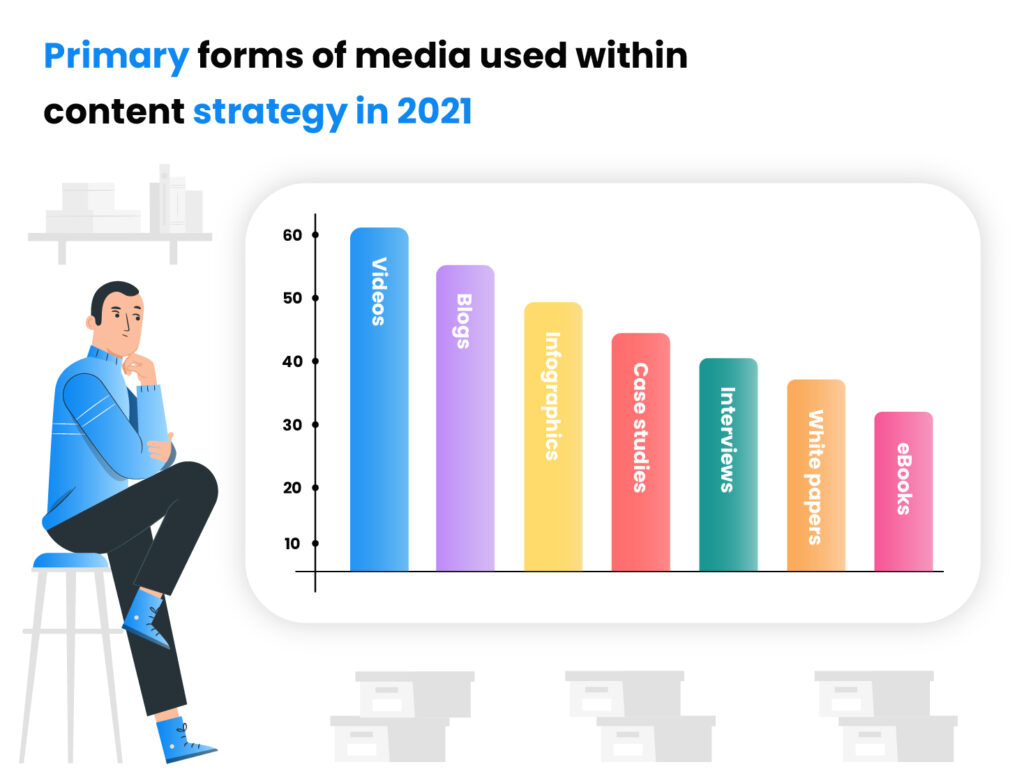
Start by creating a list of the types of content that you want to produce, including blog posts, social media updates, and videos. Also, develop an editorial calendar for each platform so that your schedule is clearly defined.
Be sure your customers can easily reach you and get important information without any hassle.
Because it helps build better relationships. They trust you more when they know that they can depend on you whenever they need your help.
You can use many different methods to streamline your customers’ ability to contact you. They range from those that are visible to your clients, such as live chat widgets, to those that help your agents manage their workload more efficiently, which in turn increases customer satisfaction.
LiveAgent offers them all – you can use a built-in call center software, capture more leads with the fastest live chat on the market, and manage all chats, messages, emails, calls, etc. from the one inbox.
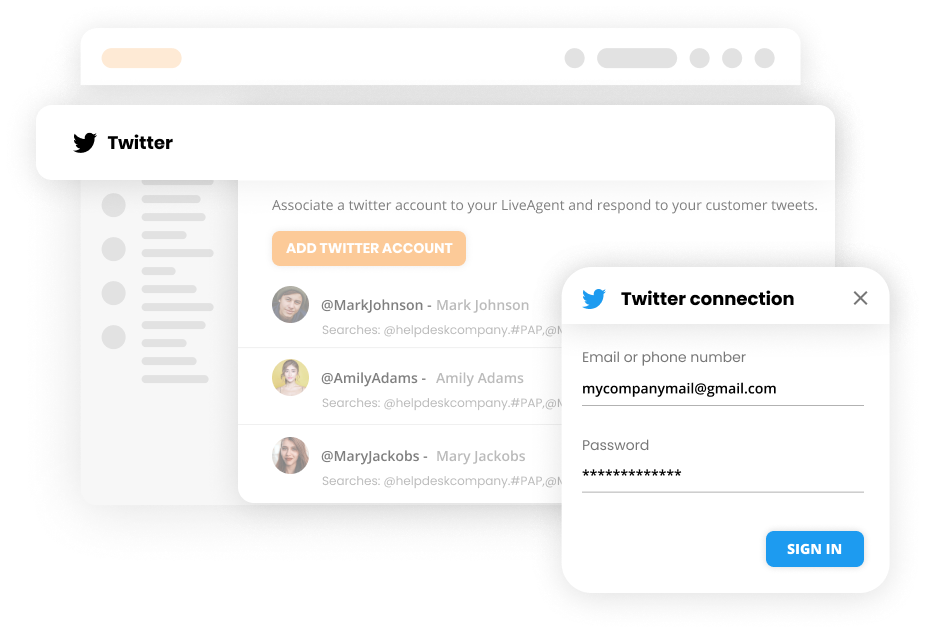
Now that you have a plan for your content, it’s time to build out the digital assets necessary to make it happen.
It’s essential to ensure that all of your social media profiles and website pages are up-to-date so that they can attract visitors and keep them engaged with your brand. This will also help your business look more professional and credible.
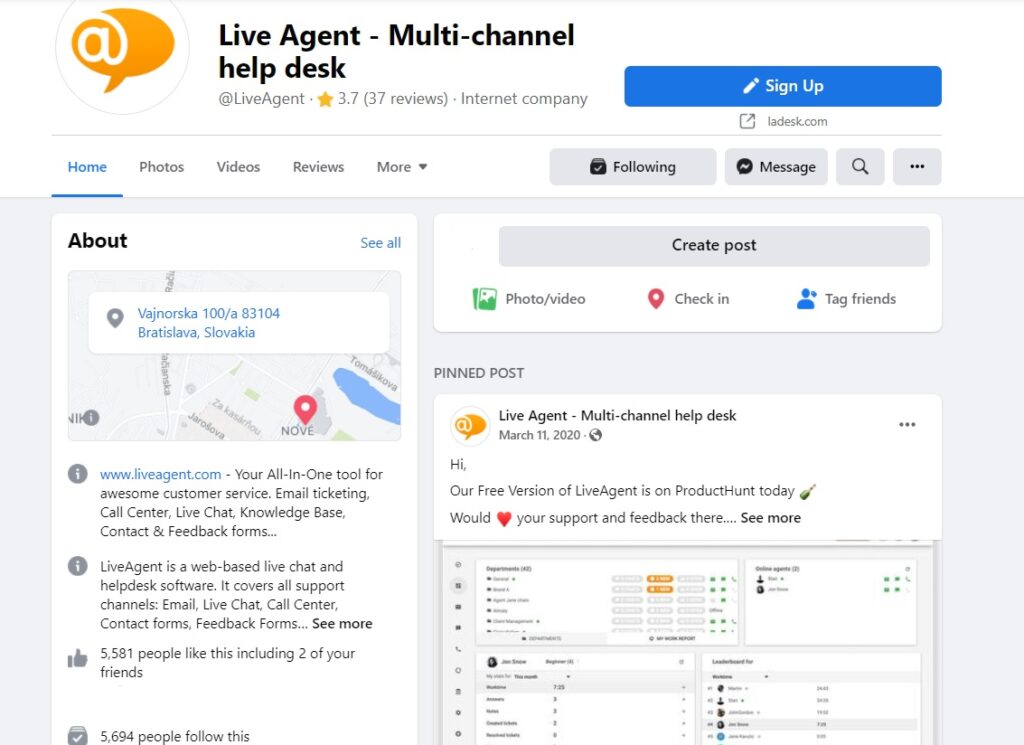
You should start by creating or updating your website and social media profiles. This includes adding relevant information such as a description of your business, contact details, and images or logos. Also, ensure that all of your pages are linked together so that visitors can easily navigate between them.
After gaining a solid understanding of your business and the market, it’s time to create an action plan for improving your marketing strategy. This will outline specific steps you need to take to improve ineffective aspects of your marketing.
It helps detect room for improvement and make a plan for appropriate changes.
Your action plan should include a detailed review of each ineffective aspect of your marketing strategy, along with steps that you can take to improve them.

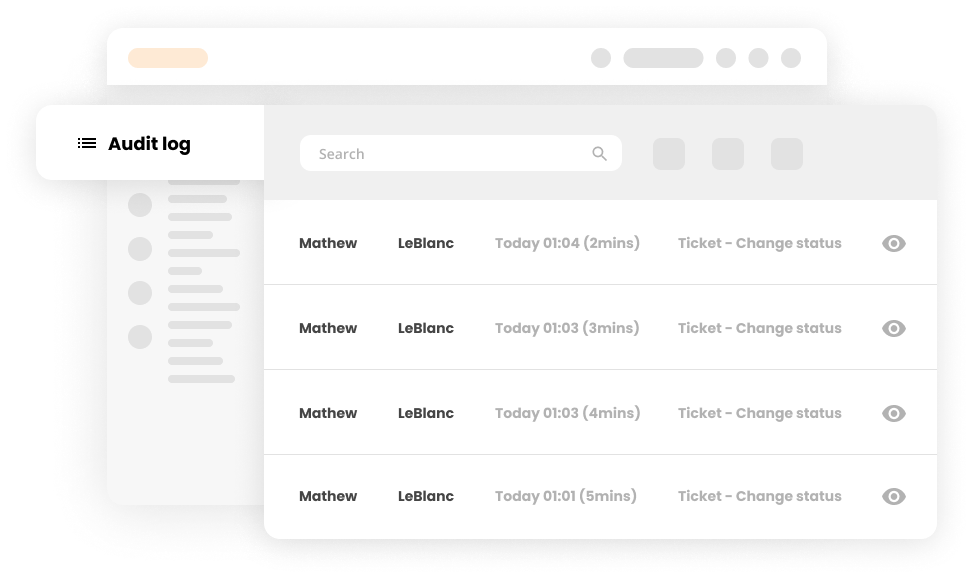
After you figure out the goal, it’s time to determine the scope of your audit. Decide what to include and leave out. It will help you stay on track while conducting the analysis. Some factors to consider include:
Once you know what you’ll be looking at, it’s time to determine the best way to gather the information. There are various audit methods available. Choose the one that will work best for your needs.
Find out whether or not your objectives have been met and what changes, if any, need to be made. Be sure to present your findings clearly and concisely to be easily understood by management.
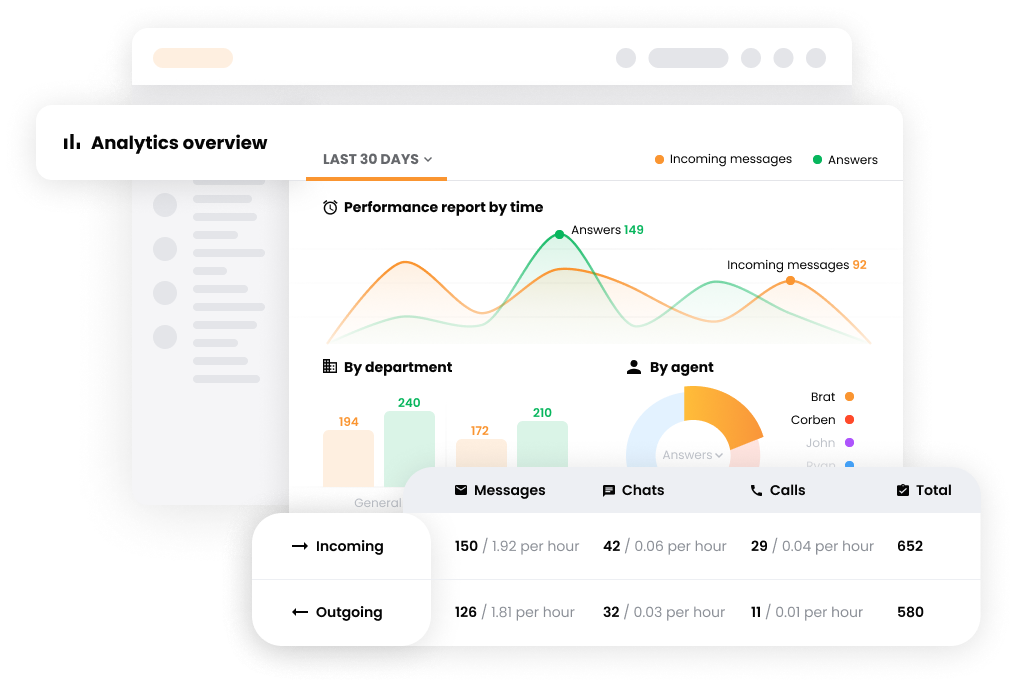
Some standard analysis methods include:
When it comes to recommendations, you’ll want to include specific steps that can be taken to address the issues identified in your audit. This will ensure that you know what needs to be done and what plan to follow. Make sure your recommendations are achievable and realistic so that they can be implemented straightforwardly.
Put together an implementation plan. Outline who is responsible for each step, what resources are needed, and a timeline for when the tasks must be completed. A well-organized implementation plan will help ensure that changes are made in a timely and effective manner.
Once the changes have been made, it’s time to evaluate their effectiveness. This is where you’ll determine whether or not your objectives were met and if there were any bumps along the way.
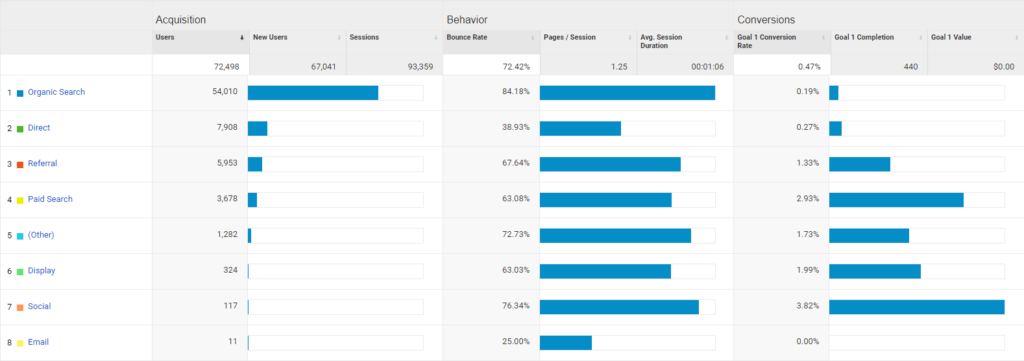
Conversion rates are the most accurate measure of your marketing campaign effectiveness. You can calculate conversion rates based on:
The bounce rate is a metric used to track the number of people who visit your site and leave immediately. It can help you understand whether or not you’re attracting the right audience.

The bounce rate is determined by taking the total number of visitors who leave your site after viewing one page and dividing it with the total number of visits. If this percentage is high, there may be something on your website that’s turning people off or driving them away before they have a chance to explore further. To reduce bounce rates, try:
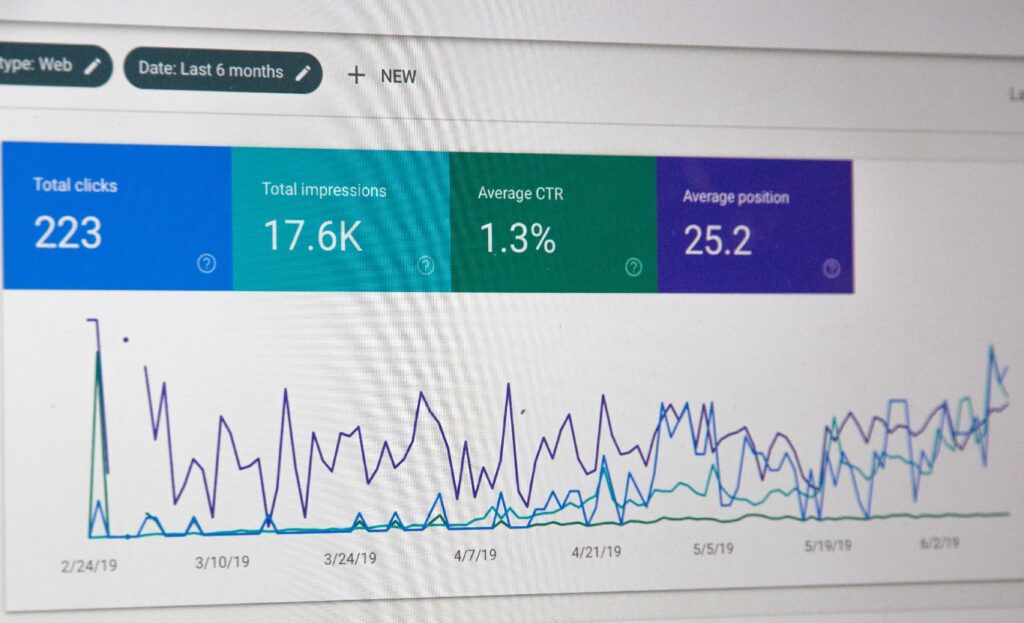
The click-through rate (CTR) is a metric used to measure the number of clicks on your ads and how many people visit your website as a result. Tracking it can help you identify which ad formats, placements, or networks best drive traffic to your site. To improve CTR:
A marketing audit ought to cover all aspects of your marketing activity, from brand awareness to sales process. It should also include a review of your website, eCommerce platform, and social media presence. As you can see, there are many aspects to cover and working with teams is recommended, including your finance and accounting departments. Our checklist summarises all of the key points you need to cover in your audit.
If you’re not achieving the desired results from your current campaigns, try A/B testing different ad formats and placements (e.g, text vs. image ads). In addition, monitor website traffic for spikes in inactivity and look for trends to determine which ads bring in new customers. It may also be a good idea to review your website’s design, content strategy, or SEO keywords to see where you can improve.
The best way to prepare for a marketing audit is to gather all of the relevant data and have it ready for review. This includes analytics from your website, eCommerce platform, social media accounts, and email marketing tools. You should also have any branding or design assets ready for review, as well as an overview of your current campaigns and their results. You can download our free marketing audit checklist PDF, which includes a summary of all the key points you need to cover in your audit.
Again, there is no definitive answer to this question. However, you should allow enough time to review all the data and make recommendations for improvement. By using our digital marketing audit checklist, you can reduce this time to a minimum because you won’t need to make any additional changes nor miss anything crucial.
There is no one-size-fits-all answer to this question, as the format of a marketing audit will vary depending on the size and complexity of your business. However, most audits will include: Executive summary – a brief overview of the key points from your audit, including any recommendations or next steps. Current marketing activity – an outline of all ongoing and completed marketing campaigns, as well as how successful they were in driving sales. Marketing goals – details about your business objectives for each type of campaign you run to give a clear understanding of what you’re trying to achieve. Marketing activities review – an assessment of e.g. your website’s design, user experience, content, SEO, social media, and email marketing strategy. Financial review – an examination of how much you’re spending on marketing and whether or not this is generating a good return on investment (ROI). Next steps – recommendations for ways to improve your marketing activity based on the findings from your audit.
Email marketing is one of the most important channels in digital marketing. It’s a great way to connect with customers and keep them updated on your latest products and services. Auditing your email marketing is an essential part of maintaining a successful campaign.
Related Articles
Customer support is evolving with AI leading the charge. LiveAgent updates bring fixes, improvements, and new features to enhance the user experience.
Join our community of happy clients and provide excellent customer support with LiveAgent.